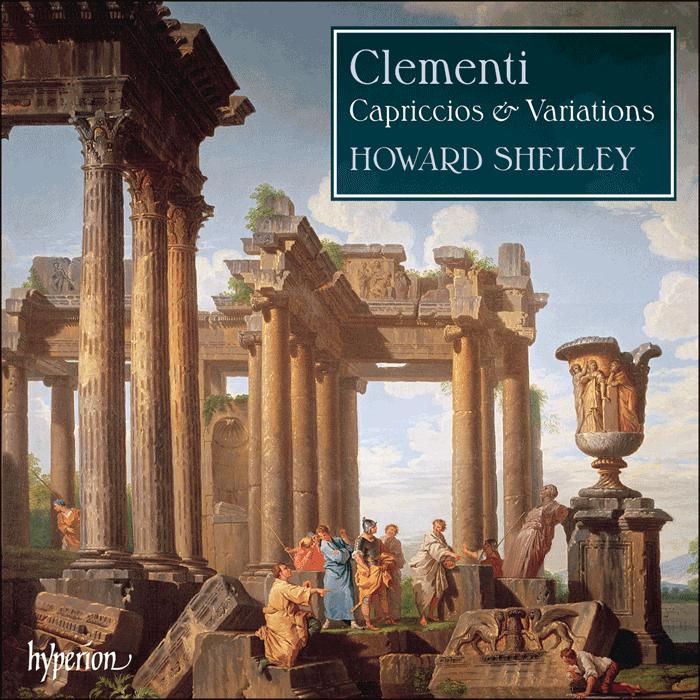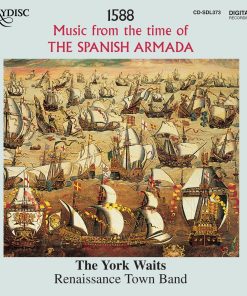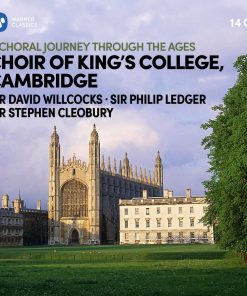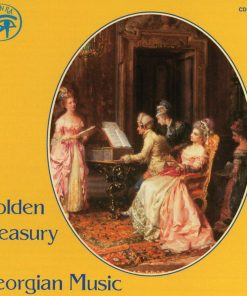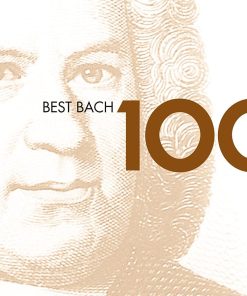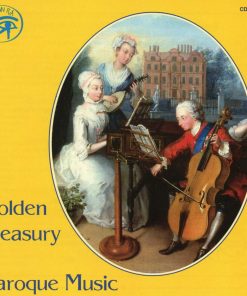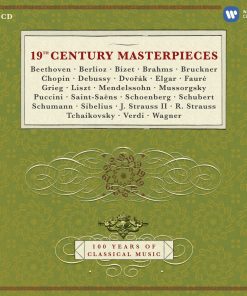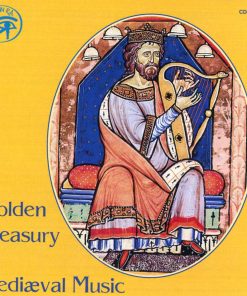CLEMENTI: CAPRICCIOS & VARIATIONS – H. SHELLEY Hyperion
$ 20,99 $ 12,59

CD1
1
Capriccio in B flat major Op 17[6’42]2
Capriccio in A major Op 34 No 3[7’05]3
Capriccio in F major Op 34 No 4[8’29]Capriccio in E minor Op 47 No 1[19’02]4
Adagio – Allegro agitato[9’38]5
Adagio sostenuto[5’30]6
Allegro vivace[3’54]Capriccio in C major Op 47 No 2[18’21]7
Adagio sostenuto – Allegro con espressione e passione[8’03]8
Adagio cantabile[5’16]9
Allegro vivace[5’02]10
The Black Joke with 21 Variations WO2[13’42]La chasse Op 16[8’46]CD2
11
Allegro[4’06]12
Andante vivace[1’59]13
Allegro assai[2’41]Twelve Monferrinas Op 49[20’48]14
Allegro[1’27]15
Allegro non troppo[1’45]16
Allegretto con espressione[1’30]17
Allegretto con molto[2’01]18
Allegretto con grazia[2’06]19
Allegro[1’31]20
Allegro vivace[1’31]21
Vivace assai[1’16]22
Allegro moderato[1’51]23
Allegro moderato[1’52]24
Allegro non troppo[1’28]25
Allegro moderato[2’30]26
Fantaisie and Variations on Au clair de la lune Op 48[9’53]27
Variations on Batti batti from Mozart’s Don Giovanni WO10[6’33]28
Variations on a Minuet by Mr Collick WO5[6’06]29
Rondo in B flat major WO8[4’24]Musical Characteristics Op 19[21’09]30
Prelude I alla Haydn[2’05]31
Prelude II alla Haydn[1’25]32
Prelude I alla Kozeluch[1’44]33
Prelude II alla Kozeluch[1’44]34
Prelude I alla Mozart[1’41]35
Prelude II alla Mozart[2’00]36
Prelude I alla Sterkel[2’04]37
Prelude II alla Sterkel[1’24]38
Prelude I alla Vanhal[2’07]39
Prelude II alla Vanhal[1’05]40
Prelude I alla Clementi[1’30]41
Prelude II alla Clementi[2’20]

Howard Shelley’s survey of the complete piano sonatas of Clementi was acclaimed not only as a set of benchmark performances, but also as the rediscovery of a composer who was uniquely important in his lifetime, which overlapped the careers of Scarlatti and Chopin. This set of Capriccios and Variations is something of a footnote to the series. The earlier works demonstrate Clementi’s lighter and more whimsical side. Most of this music was written to entertain and amuse, with many fantastical virtuoso flourishes of an improvisatory feel. The later works date from the nineteenth century, when Clementi was not quite as prolific as his younger self. Although many of these works, too, were designed for domestic use, there are exceptions such as the Two Capriccios Op 47. These are clearly ‘professional’ music: ambitious, dramatic, radically experimental, often determinedly chromatic, they show the septuagenarian composer still at work in the forefront of the most modern keyboard style.
Howard Shelley has made this repertoire his own. He performs with his usual impeccably stylish flair.
Fast Shipping and Professional Packing
Due to our longstanding partnership with UPS FedEx DHL and other leading international carriers, we are able to provide a range of shipping options. Our warehouse staff are highly trained to pack your goods exactly according to the specifications that we supply. Your goods will undergo a thorough examination and will be safely packaged prior to being sent out. Everyday we deliver hundreds of packages to our customers from all over the world. This is an indication of our dedication to being the largest online retailer worldwide. Warehouses and distribution centers can be located in Europe as well as the USA.
Orders with more than 1 item are assigned processing periods for each item.
Before shipment, all ordered products will be thoroughly inspected. Today, most orders will be shipped within 48 hours. The estimated delivery time is between 3-7 days.
Returns
The stock is constantly changing. It's not entirely managed by us since we are involved with multiple parties such as the factory and our storage. The actual stock can fluctuate at any time. Please understand it may happen that your order will be out of stock when the order is placed.
Our policy is valid for 30 days. If you haven't received your product within 30 days, we're not able to issue either a return or exchange.
You are able to return a product if it is unused and in the same condition when you received it. It must also still remain in the original packaging.
Related products
MUSIC CDS
MUSIC CDS
MUSIC CDS
MUSIC CDS
MUSIC CDS
MUSIC CDS
MUSIC CDS
MUSIC CDS
